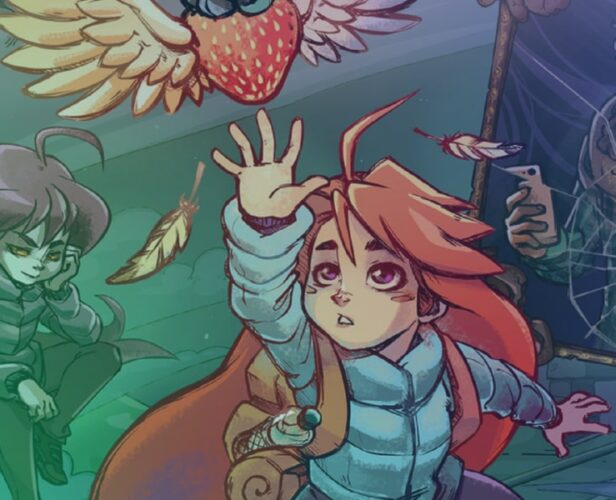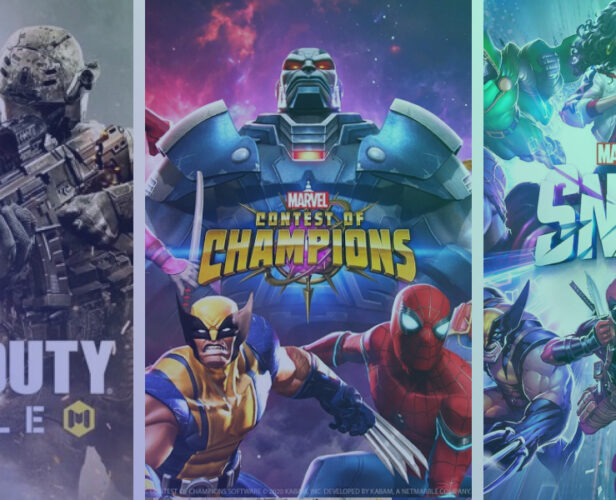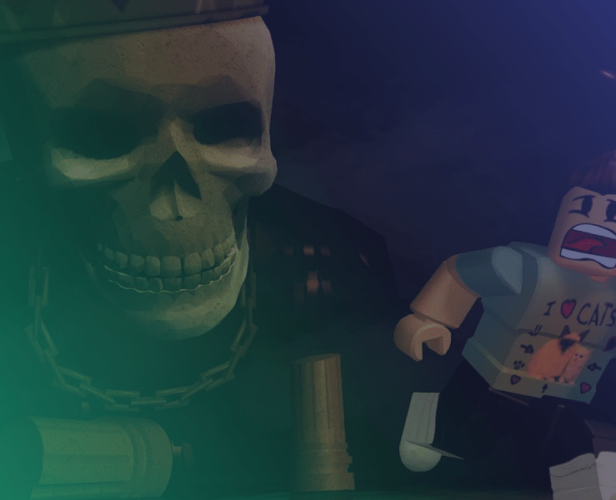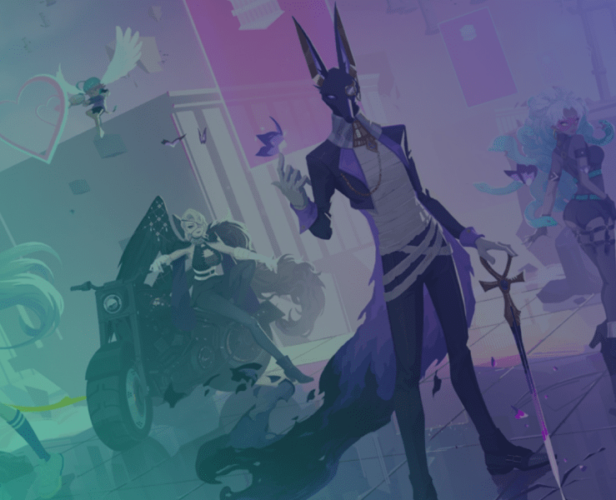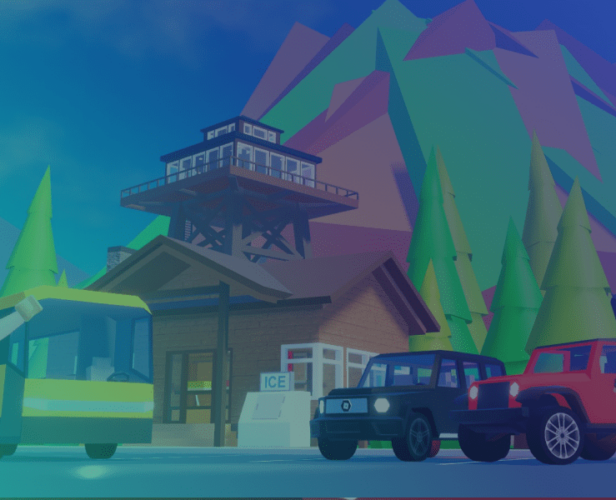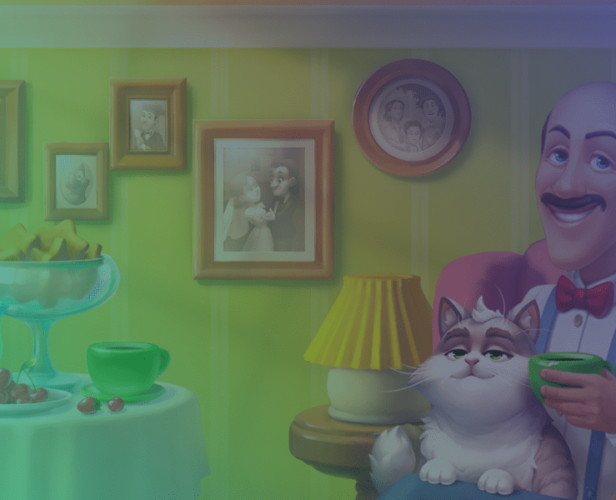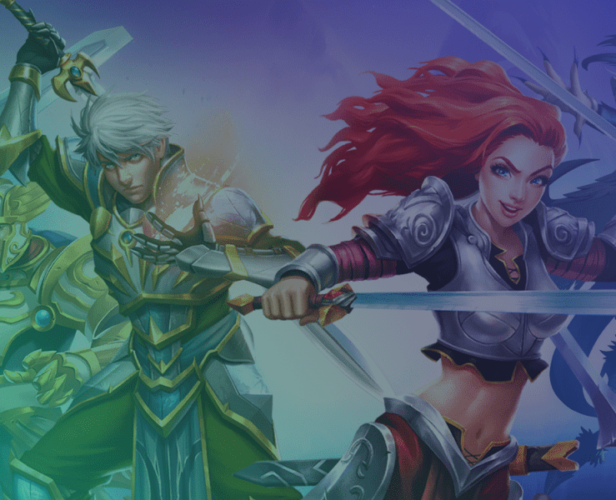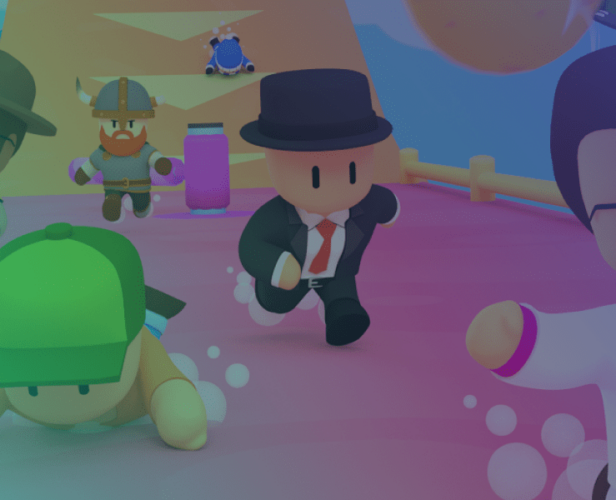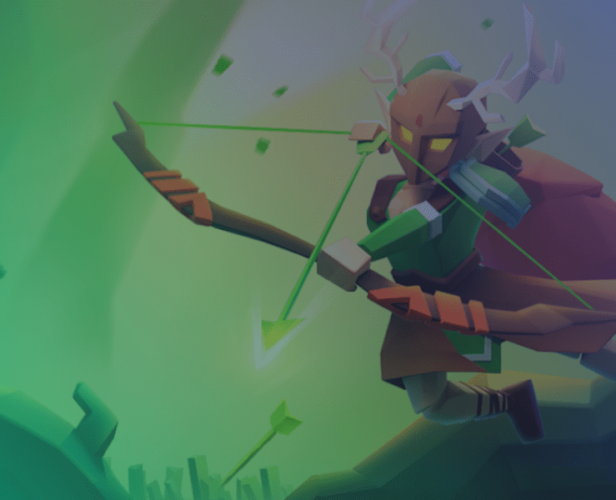Category
Game Design
#Game Design
How to make your game more diverse and inclusive
How can you make your game more diverse, accessible, and inclusive? It's not only a great thing to do, but it can also open up your game to a larger audience. Here's our guide on how you can make more inclusive and diverse games.
#Game Deconstructions
Marvel Snap, Marvel Contest, CoD Mobile: What makes them a mass market hit?
What does the stellar mass market success of games like Marvel Snap, Marvel Contest of Champions and CoD Mobile share in common? No, it’s not just that they are all popular IP/Franchises. Find out in this guest post from Om Tandon – industry specialist, game consultant and UX Director.
#Game Design
Among Us VR dev talks about how to create immersive worlds
VR is all about immersion. It’s about allowing players to lose themselves in more than just a game, but a new world. You have to build VR experiences the right way to make this happen. This goal is always top-of-mind for Schell Games. In this interview, we spoke to Schell Games’ Vice President of Product, Charlie Amis, to learn their story. “For VR, you want to make the player feel like they’re actually in the world you’ve created. This isn’t as true or a high priority in PC and console games. If people start to lose that sense of presence and immersion, then a lot of the reason they put the headset on is hurt. They want to go to another world or be someone new. So you need to help them feel like they’re really there and really that...
#Game Design
How to build successful VR games as a solo developer
Building video games has never been a simple task. You can have a brilliant idea for a game, but without the right skills, tools and resources, it can be near-impossible to tackle by yourself. Especially if we consider something as complicated and new as virtual reality. Not that this stopped Sergio Hidalgo. Being a one-man studio, Sergio managed to produce, release, and publish two successful VR titles. His first title, Dreadhalls, sold up to 250,000 units worldwide, and hit over 60,000 concurrent viewers on Twitch. (For comparison, Team Fortress 2’s highest was around 80,000.) While Cosmodread has had approximately 25,000 players on Steam alone. So to get his advice and learn his secrets, we sat down to hear his story and journey as a solo-game developer. Here’s what he had to say. 1. You don’t have to have it all...
#Game Design
Splitting Point: how Field Trip Z got 45M players on Roblox this year
We recently spoke with Janzen Madsen, founder at Splitting Point Studios, to get his perspective on how to develop a hit on Roblox. Splitting Point has created multiple experiences, including Field Trip Z which this year alone saw more than 45M unique players. Janzen is intimately familiar with what makes a Roblox experience a success. Roblox is an absolutely massive platform, with over 32 million experiences and 52 million active users. But making a game there is unlike making a game anywhere else. It’s much faster paced, the audience is much younger, and it’s much more tricky to design. The typical principles you might expect are quite different. 1. Don’t make it like a mobile game “Often, developers coming from the mobile gaming industry will assume that they can replicate their success by rebuilding their games on Roblox. This just...
#Game Design
Fruit Ninja dev talks porting to VR
Obsessed with making games that people will remember for a lifetime, Halfbrick decided to convert their hit title, Fruit Ninja, into a VR game. It was a natural evolution – people apparently really enjoy slicing fruit and swinging swords. After that success, they created Fruit Ninja VR 2 – adding more features and exploration to the game. “Making a game for VR is very, very different,” said Liam Potter, one of the lead gameplay programmers on Fruit Ninja VR 2. “There are a lot of things you need to take into account that you just don’t for console or mobile.” With that in mind, let’s dive into those challenges and see what Liam advises. Show players the play space early In a VR experience, it’s incredibly difficult to make sure that players are looking where you want. Gamers notoriously fail...
#Game Deconstructions
Top gamification examples in mobile apps
We learn by playing. When we enter the world, we’re full of curiosity, and play has always been at the centre of how we satisfy that curiosity. Sadly, it’s beaten out of us when we go to school, and taking tests suddenly becomes a chore. But it doesn’t have to be. It’s possible to learn while having fun. In fact, that’s exactly what some apps are doing. And it’s working. Games are the most popular genre on the app store. They’re masters in the art of keeping users engaged and happy. So how can we learn from them? What is gamification? You’ve probably heard the term ‘gamification’ before. But if you haven’t, it’s the act of taking gaming elements and mechanics and applying them to your non-gaming app. Often to ramp up retention and engagement. And it works. If we...
#Game Design
6 (more) narrative techniques to make better games
In our last article, we covered the three major C’s of storytelling: character, conflict, and change. Using these rules will set the foundation of your game’s narrative. But that doesn’t mean your work is done. There’s so much more to building a strong narrative. And in part two of our storytelling series, we cover six narrative techniques you can use in your titles to help boost your storytelling and character development. Let’s get to it. 1. Consider a shared story You might not want to go into a huge amount of detail for every game you create (especially if you’re working with hyper-casual or casual titles – which have notoriously short lifespans). While it would make each game unique, it can take a lot of time. Instead, think about whether you can create a single story that all your games tie...
#Game Design
Reaching a +40M playerbase: advice from Trihex Studios
Unless you’ve been living under a rock for the last few years, you’ve probably heard of Roblox. It’s a gaming platform with over 30 million games – which they call experiences – 52 million daily active users (DAU) and 12 million creators at the time of writing. One of the keys to its success is that it makes it exceptionally easy to create and release games on its platform. We spoke with Tae Kim and Eric Park, co-founders of Trihex Studios and the minds behind Redcliff City – one of the most popular titles on Roblox which has, this year alone, amassed a community of more than 40 million unique players. During our conversation, we asked them what mobile developers could learn from Roblox and how they could make the move over to the platform. Here’s their advice. First up,...
#Game Design
Improving your mobile game with narrative (Pt 1)
What comes to mind when you think about narrative design? You probably imagine Bioshock, Mass Effect or even Stanley Parable – story-driven games where the player’s choices affect the ending. How could you possibly incorporate any of that into a mobile game? But narrative design isn’t just about branching storylines and giant flowcharts. It can actually be a lot more subtle. Narrative design is about creating a consistent narrative. It’s not just about telling a story, but about showing it in your mechanics, user interface and prompts. It’s the small snippets of audio, item descriptions and visual iconography. Narrative design is about deciding what your story is and making sure that you’re staying consistent with that larger vision. In this article, we’re going to explain the basics of a good story and then talk about a few ways you can...
#Game Deconstructions
6 games that successfully layer in meta mechanics
As we’ve mentioned before, the hyper-casual market is being forced to change. With more competition, higher CPIs and tightening margins, developers need to increase their retention if they’re going to continue making money, now more than ever. And to do that, they must layer more mechanics and elements into their games. We’ve explored how and why developers can – and should – shift from hyper-casual to hybrid-casual. But if you’re still struggling to see how that might be possible, let’s look at a few games that have used meta mechanics to make their game more engaging. Here are six games that have a short, simple and satisfying core loop, but have layered in meta features to increase their retention. Let’s dive in. 1. Archero: How to add progression systems well Developed by Habby, released 24th March 2019. This was one...
#Game Deconstructions
How Stumble Guys hit 225m downloads
It’s no secret that Stumble Guys is heavily influenced by Fall Guys. When Fall Guys came out in 2020, it had many clones. But none of them stuck. And none of them even touched the amount of success that Stumble Guys achieved over the last few months. So what makes Stumble Guys different? Well, Kitka Games spent a lot of time polishing this title, layering in a range of social and meta-features to keep players engaged. Despite its rocky start (it only had a few thousand players for more than a year after it first launched), it’s now one of the top games on the app stores, with over 225 million downloads and $40 million in revenue. Not surprising then, that it’s claimed the number one spot in the charts for several weeks running. But how was Kitka Games so...
#Game Design
Six features that turn a hyper-casual dud into a hybrid-casual hit
Cracking the hyper-casual market is more challenging than ever. Why? Quite simply, there’s too much competition. This simultaneously drives up the cost of getting new players and makes it easier for players to churn. And that’s particularly problematic because – with higher acquisition costs – studios need higher retention rates if they’re going to make a profit. But a new genre has emerged: Hybrid-casual. Studios have realised that if they’re going to keep retention high, they need to layer in more features and aspects of meta-game. The tact is to keep the core gameplay short, simple and satisfying, but add meta-features that encourage players to keep coming back. Features like progression systems and collectibles that add more depth to the core game. (You can read more about why the shift is happening in our other post on the topic.) In...
